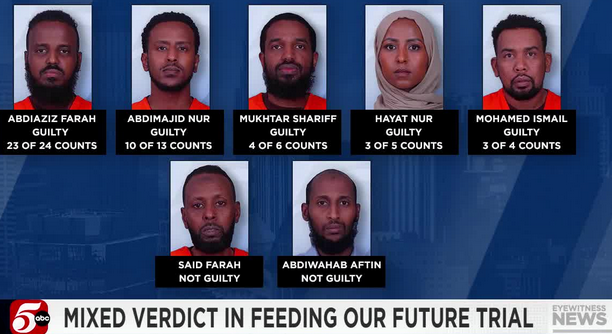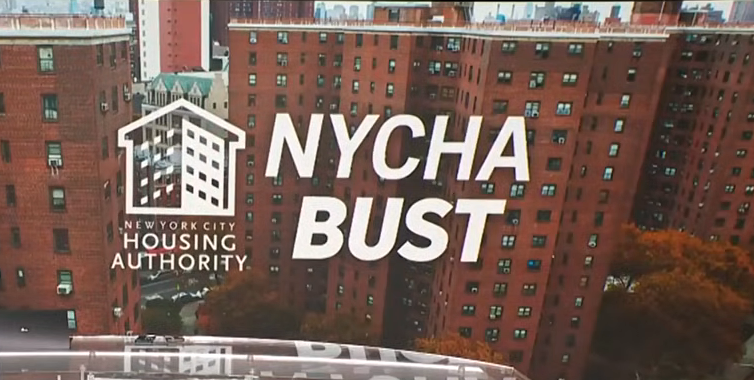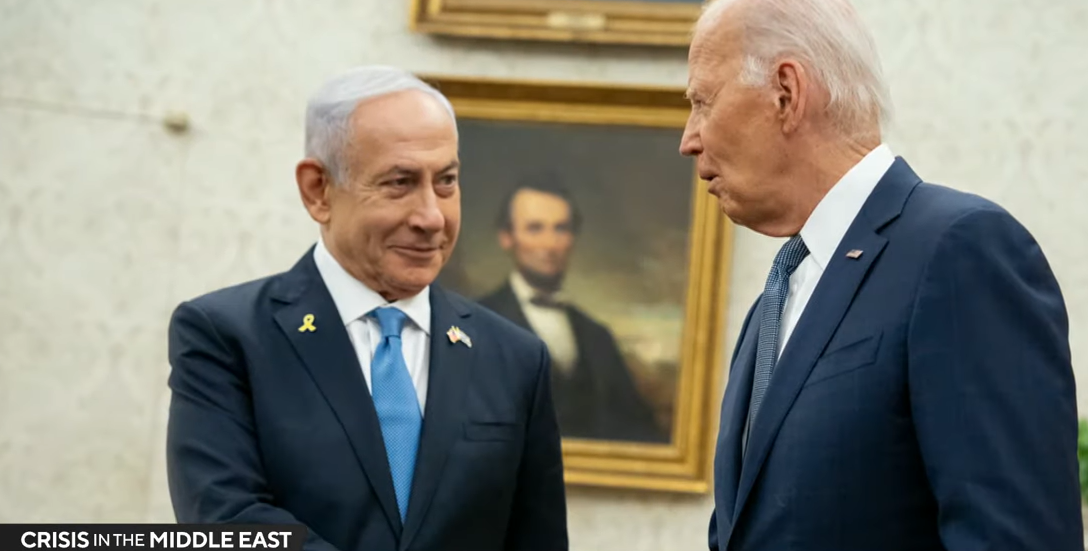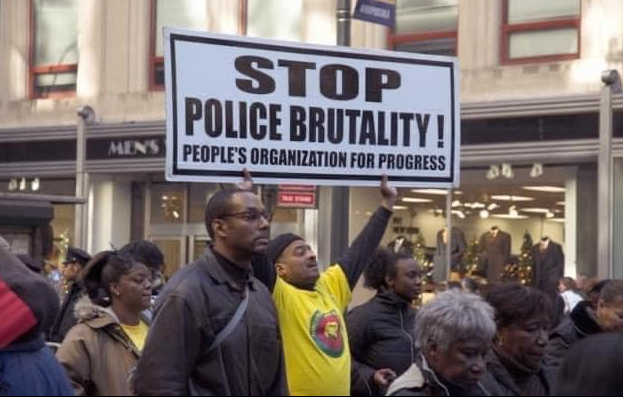Stewart also mentioned that there is a vibrant pet store industry in New York City and inquired as to whether any testing for the virus is performed on these birds and other animals. He was told that animals are quarantined when they are imported, but, again, there is no testing for avian flu, either when alive or after some of them die. Stewart believes that testing should be done on both.
The New York City Council’s Committee on Health and Committee on Public Safety, chaired respectively by Council Members Christine Quinn and Peter Vallone Jr., has held a joint oversight hearing on New York City’s preparedness for avian flu. As Quinn and Vallone laid out at the beginning of the hearing, concerns about this flu becoming a pandemic have intensified in recent years with the spread of a deadly flu virus that has decimated entire flocks of birds. Now spreading through bird populations across Asia and recently reaching Europe, this new flu has infected domesticated birds, such as ducks and chickens, and long-range migratory birds.
As Quinn also explained, one of the strains of flu virus that causes avian flu is H5N1, which was first detected in Asia in 1997 when it caused nearly 130 human infections, half of which were fatal. Most of these infections were a result of direct contact with infected poultry. Presently the disease doesn’t spread readily from person to person; however, the H5N1 strain is particularly deadly because it mutates rapidly and has a tendency to acquire new genes from viruses that infect other animal species, including humans. As of now, there is no commercially available vaccine to protect people against this flu, although there are efforts underway to develop an effective vaccine.
In light of this information, the two committees wanted to learn what precautions are being taken on the local level to protect New Yorkers from bird flu and how city agencies are coordinating with state and federal health and emergency management agencies in preparing for a possible pandemic. Therefore, they solicited testimony from the Department of Health and Mental Hygiene, the Office of Emergency Management, the Health and Hospitals Corporation, the Greater New York Hospital Association, and the New York State Nurses Association. Also testifying were representatives from other medical and educational institutions such as the New York Academy of Medicine, Weill Medical College of Cornell University, and Columbia University Mailman School of Public Health.
In the thick of it all was Council Member Kendall Stewart, who is himself a podiatrist and serves on the council’s Health Committee. His position was that since there is, as of yet, no effective vaccine against the H5N1 virus and it mutates so readily, “We need to concentrate as much attention as possible on prevention rather than on what to do once it enters the country and spreads.�
Since bird flu seems to spread so rapidly through live poultry, Stewart raised some practical questions about the testing being done at the approximately ninety live poultry shops throughout the City. It was learned that there has been consistent testing of live fowls, and fortunately no avian flu has been found. It emerged, however, that the City doesn’t do routine testing on chickens that die in order to determine the cause of their death.
Stewart also mentioned that there is a vibrant pet store industry in New York City and inquired as to whether any testing for the virus is performed on these birds and other animals. He was told that animals are quarantined when they are imported, but, again, there is no testing for avian flu, either when alive or after some of them die. Stewart believes that testing should be done on both.
Overall, the picture that emerged from the copious testimony presented at the hearing was that New York City is better prepared than most municipalities to fight a bird flu pandemic because of systems put in place since the 9/11 attack to detect and isolate a possible bio-terror assault. However, preparations are hampered by the unknown nature of this medical threat; plus, federal funding supplied to state and local health departments is peanuts. Localities are being forced to foot 75% of the bill. Meanwhile, Council Member Vallone made it clear that he doesn’t want the City to rely too heavily on the federal government in this case. “One of the lessons of Katrina is that we should not be doing that,” he declared. A few recommendations – some of which are already in play – were that the City should:
-Explore every conceivable avenue of obtaining enough antiviral medication to treat 4 million New Yorkers.
-Expand the stockpile of non-flu essential medications and other supplies that might be needed in a pandemic.
-Develop a plan to fully utilize non-hospital-based healthcare providers.
-Well before an outbreak, develop a coordinated plan for educating the public about the critical issues with respect to pandemic flu.
*****
To subscribe to or advertise in The Black Star News, the world’s favorite Pan-African news weekly, please call (212) 481-7745. Contact us via [email protected] if you have any questions or news tips.

















